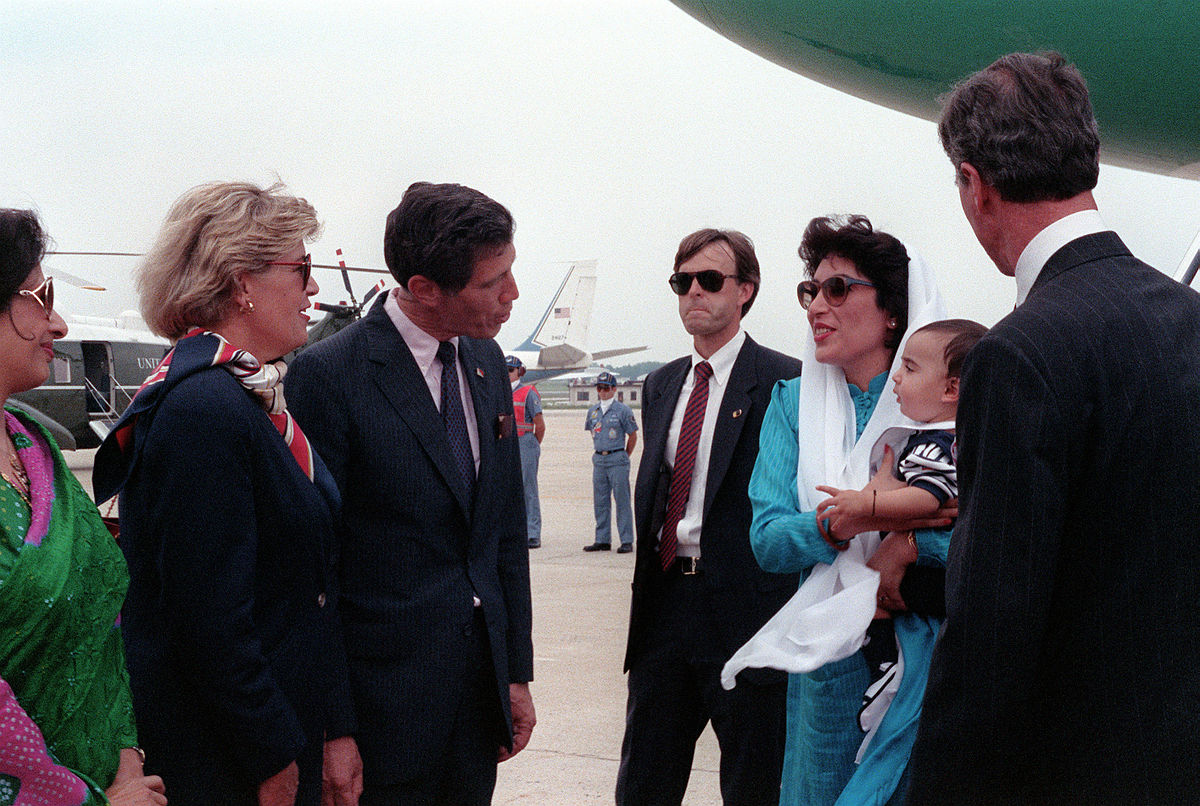
Return to Democracy in Pakistan
PakistanIn 1988, democracy was reestablished in Pakistan with general elections following President Zia-ul-Haq's death. These elections led to the return of the Pakistan Peoples Party (PPP) to power, with Benazir Bhutto becoming the first female Prime Minister of Pakistan and the first female head of government in a Muslim-majority country. This period, lasting until 1999, was characterized by a competitive two-party system, with the centre-right conservatives led by Nawaz Sharif and the centre-left socialists under Benazir Bhutto.
During her tenure, Bhutto steered Pakistan through the final stages of the Cold War, maintaining pro-Western policies due to a shared distrust of communism. Her government witnessed the Soviet troop withdrawal from Afghanistan. However, the discovery of Pakistan's atomic bomb project led to strained relations with the United States and the imposition of economic sanctions. Bhutto's government also faced challenges in Afghanistan, with a failed military intervention leading to the dismissal of intelligence service directors. Despite efforts to revitalize the economy, including the Seventh Five-Year Plan, Pakistan experienced stagflation, and Bhutto's government was eventually dismissed by the conservative President Ghulam Ishaq Khan.
